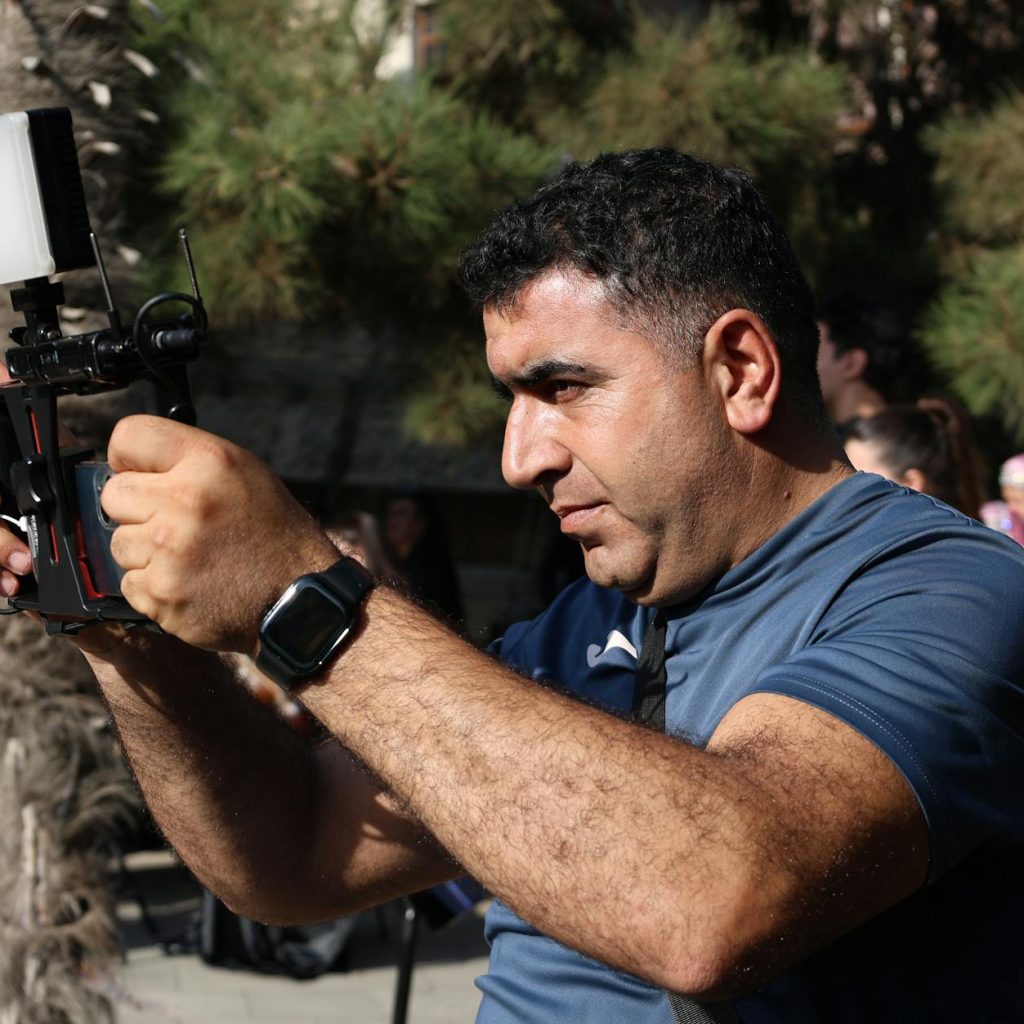Technology Redefines Storytelling: Amazing New Frontiers
Technology has always been a driver of human progress, but its impact on storytelling is nothing short of revolutionary. From cave paintings to scrolls, and from print to digital media, every technological leap has opened new doors for storytellers. Today, we’re living through another seismic shift—one that’s reshaping how we create, consume, and interact with stories. Whether it’s through artificial intelligence, virtual reality, or interactive media, technology is unlocking unprecedented possibilities for storytelling.
In this article, we’ll explore how technology is redefining the art of storytelling, the innovations leading the charge, and what this means for creators and audiences alike. Buckle up—it’s a journey into the future of narrative.
—
The Evolution of Storytelling: From Oral to Immersive

Storytelling is as old as humanity itself. But what was once limited to spoken word, theater, or static visuals has evolved dramatically with each technological advancement. The invention of the printing press democratized storytelling, making books accessible to the masses. The advent of film and television brought stories to life in ways previously unimaginable. And the internet? It turned everyone into a potential storyteller, with social media, blogs, and streaming platforms giving rise to a global narrative landscape.
Now, we’re entering a new era: the immersive era. Virtual reality (VR) and augmented reality (AR) are taking storytelling beyond screens, placing audiences inside the story itself. Imagine stepping into the shoes of a character, exploring a fictional world as if it were real, or reliving historical events with uncanny accuracy. This is where storytelling meets simulation, and the line between observer and participant blurs.
For instance, VR experiences like The Encounter or Carne y Arena have redefined how we experience narrative. These immersive stories aren’t just watched or heard—they’re lived. And with advancements in hardware and software, these experiences are becoming more accessible and sophisticated.
—
The Rise of Interactive Storytelling
One of the most exciting frontiers in storytelling is interactivity. Traditional stories are linear—beginning, middle, end. But what if the audience could shape the narrative? That’s exactly what interactive storytelling offers.
Platforms like Netflix’s Black Mirror: Bandersnatch and game-like stories on choose-your-own-adventure apps like ibilium are proving that interactivity isn’t just for games anymore. By giving viewers the power to make choices that influence outcomes, creators are fostering a deeper emotional connection with their audience.
This trend is also influencing the business side of storytelling. Studios and brands are recognizing the value of interactive content in engaging audiences and collecting data on their preferences. For example, AI-driven platforms can analyze viewer choices to predict what kind of stories resonate most with different demographics.
Interactive storytelling isn’t just about entertainment—it’s also a tool for education and empathy. For instance, the United Nations has used immersive storytelling to raise awareness about global issues like climate change and refugee crises. By putting audiences in the shoes of those affected, these stories inspire action in ways traditional narratives cannot.
—
AI: The Storyteller of the Future
Artificial intelligence is another game-changer in the world of storytelling. AI tools are enabling creators to craft stories more efficiently, while also opening up new creative possibilities.
For example, AI can analyze vast amounts of data to identify trends in what audiences love. It can even generate content, from script ideas to entire stories. Tools like AI-powered scriptwriting assistants are helping writers overcome writer’s block, while machine learning algorithms can predict what kind of stories will go viral.
But AI’s role in storytelling goes beyond behind-the-scenes support. It’s also becoming a storyteller in its own right. Chatbots, virtual assistants, and even AI-generated characters are creating new ways for stories to unfold. For instance, AI-driven companions like Replika allow users to engage in personalized, evolving narratives that adapt to their choices and emotions.
Of course, the rise of AI in storytelling raises questions about creativity, authorship, and ethics. Can a machine truly “create”? Should AI-generated stories be treated differently than those crafted by humans? These are important debates, but one thing is clear: AI is here to stay, and it’s redefining what it means to tell a story in the 21st century.
—
Virtual Influencers: The New Faces of Storytelling
Another fascinating trend is the emergence of virtual influencers—digital avatars that interact with audiences, share stories, and even build emotional connections. These characters are powered by AI and serialized storytelling, allowing them to evolve over time.
Take Lil Miquela, a virtual singer and influencer with millions of followers on social media. Miquela doesn’t just post updates—she shares a ongoing narrative about her life, struggles, and aspirations. Her story is a blend of fiction and reality, captivating fans who tune in for the next chapter.
Virtual influencers like Miquela represent a new frontier in storytelling. They blur the line between entertainment, marketing, and personal connection, offering brands a powerful way to engage with audiences. But they also challenge our understanding of identity and authenticity in the digital age. Are these characters just tools for marketing, or do they have their own form of agency?
Either way, virtual influencers are proving that storytelling can take forms we never imagined. And as technology advances, we can expect even more innovative characters to emerge, each with their own story to tell.
—
The Future of Storytelling: Trends to Watch
As technology continues to evolve, so too will the art of storytelling. Here are a few trends to keep an eye on:
1. Mass Personalization
With AI and data analytics, stories can be tailored to individual preferences. Imagine a Netflix show that adapts its narrative based on your viewing history or even your mood that day. This level of personalization could redefine how we experience entertainment.
2. Cross-Platform Storytelling
Stories are no longer confined to a single medium. Instead, they’re unfolding across platforms—social media, apps, virtual reality, and even physical installations. This multi-channel approach creates immersive, 360-degree experiences that engage audiences wherever they are.
3. Enhanced Accessibility
Technology is making storytelling more accessible than ever. Tools for translating stories into multiple languages in real-time, AI-driven audio descriptions for visually impaired audiences, and even haptic feedback for immersive experiences are breaking down barriers and expanding the reach of stories.
—
The Cultural Impact of Technological Storytelling
The convergence of technology and storytelling isn’t just about innovation—it’s also reshaping culture. Stories have always been a reflection of our values, hopes, and fears. Now, they’re also a reflection of our relationship with technology.
Consider the rise of sci-fi as a dominant genre in modern media. From Black Mirror to The Matrix, these stories explore themes of AI, privacy, and the ethical dilemmas of technological advancement. They serve as a mirror to society, helping us make sense of the world we’re creating.
At the same time, technology is enabling diverse voices to be heard. Independent creators from around the globe can now share their stories with a global audience, thanks to platforms like YouTube, TikTok, and Patreon. This democratization of storytelling is fostering a more inclusive cultural landscape—one where anyone can be a storyteller.
—
The Business of Storytelling: How Tech Is Disrupting the Industry
The impact of technology on storytelling isn’t just creative—it’s also transforming the business side of the industry. Streaming platforms have changed how we consume stories, shifting the focus from box office numbers to binge-worthy content.
Data analytics are playing a bigger role than ever in determining what stories get told. Studios no longer rely on gut instinct alone; they use AI to identify trends, predict hits, and even test different versions of a story with target audiences.
But this data-driven approach has its downsides. Some argue that it stifles creativity, encouraging formulas over originality. However, others see it as an opportunity to create stories that resonate with audiences on a deeper level.
The rise of niche platforms is another disruptor. Instead of trying to appeal to everyone, platforms like Crunchyroll (anime), BritBox (British TV), and MasterClass (educational content) cater to specific interests. This hyper-targeting allows for more diverse storytelling, as creators can focus on niche audiences rather than mainstream appeal.
—
The Human Element: Why Technology Can’t Replace the Heart of Storytelling
For all the excitement around technology, it’s important to remember the heart of storytelling: human connection. Technology is a tool, but it’s the stories themselves—the emotions, the characters, the lessons learned—that truly matter.
Even the most advanced AI or immersive experience is only as powerful as the story it tells. That’s why, despite the rise of technology, human storytellers are more essential than ever. They bring empathy, creativity, and a deep understanding of what moves us.
In the end, storytelling is about connection—between the teller and the audience, between the story and the listener. Technology can enhance this connection, but it can’t replace it.
—
Key Takeaways
1. Technology is driving a storytelling revolution, from immersive experiences like VR/AR to interactive platforms and AI-powered narratives.
2. Interactivity and personalization are redefining how audiences engage with stories, creating deeper emotional connections.
3. AI is a double-edged sword, offering creative possibilities but also raising questions about authorship and authenticity.
4. The business of storytelling is evolving, with data analytics and niche platforms changing how stories are created and consumed.
5. Human connection remains at the core of storytelling, ensuring that technology serves the story—not the other way around.
—
Final Thoughts: The Future is Now
Technology is redefining storytelling in ways we’ve never seen before. It’s empowering creators, connecting audiences, and pushing the boundaries of what’s possible. But as we embrace these innovations, let’s not lose sight of what makes storytelling so powerful: its ability to touch hearts, spark imaginations, and bring us closer together.
The future of storytelling isn’t just about technology—it’s about how we use it to tell stories that matter.
Ready to dive deeper into the intersection of technology and culture? Check out more articles on BeNewsMag.com, your go-to destination for insights into smart, connected living.

